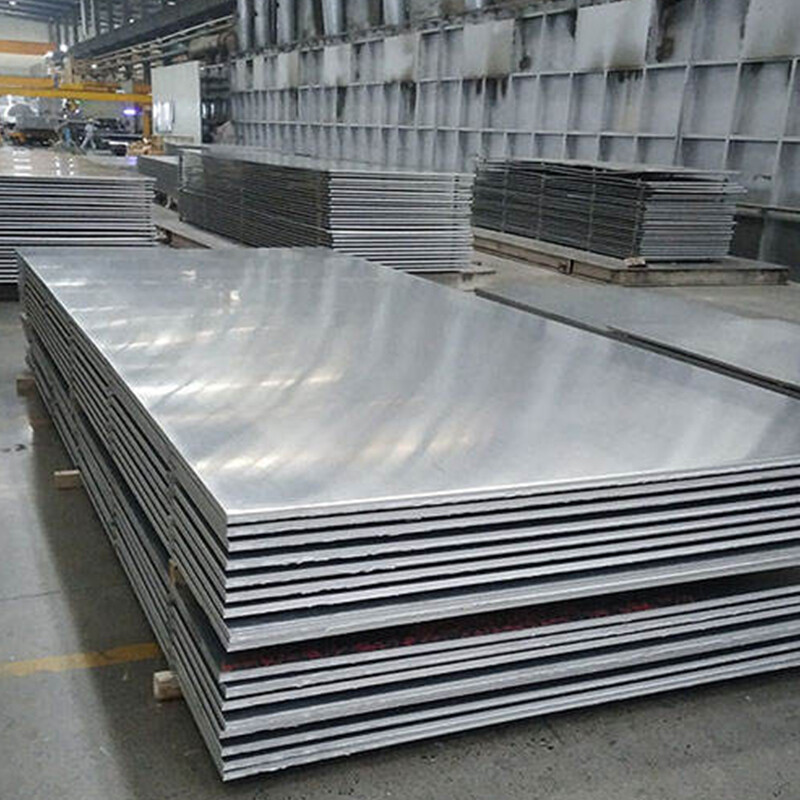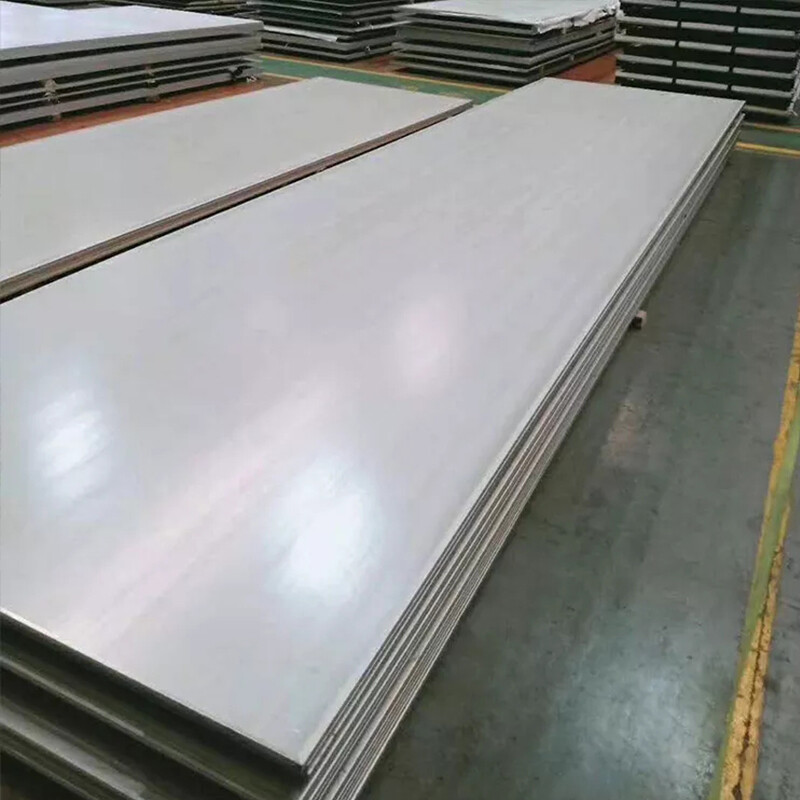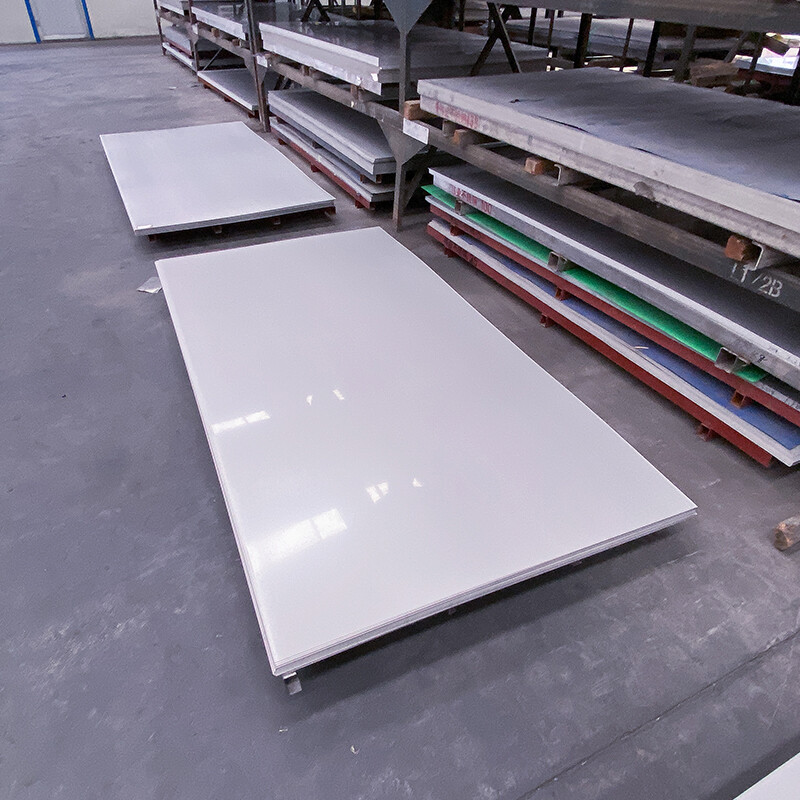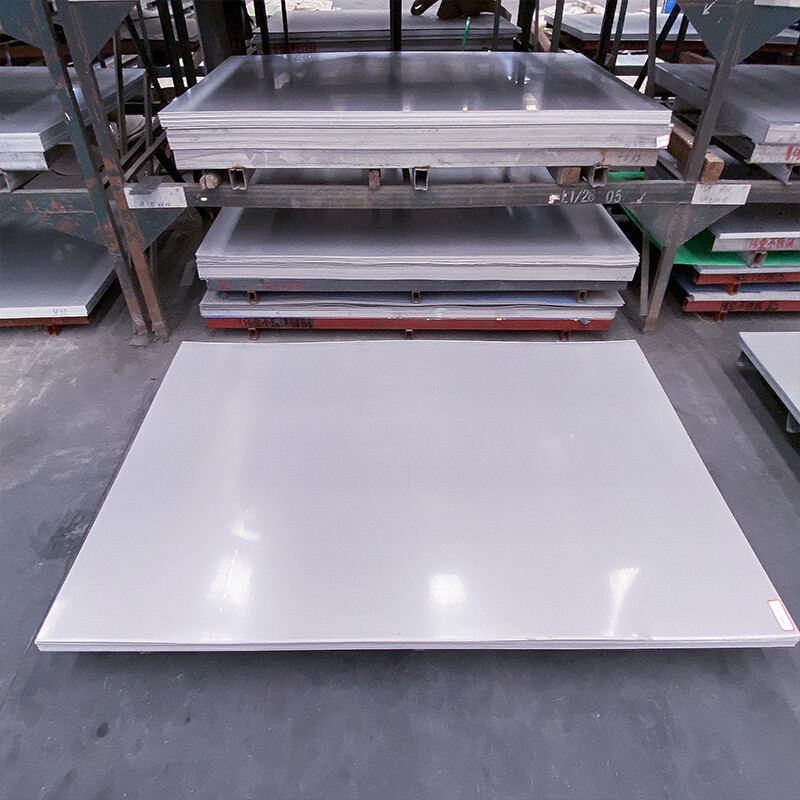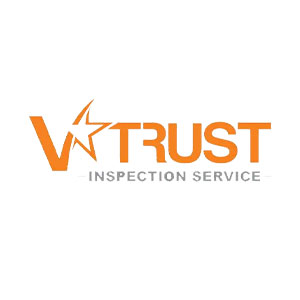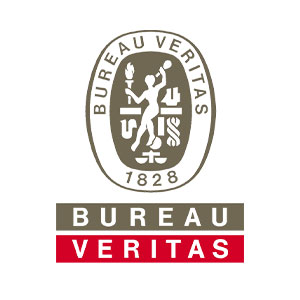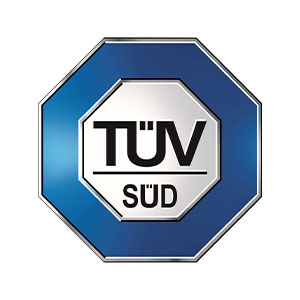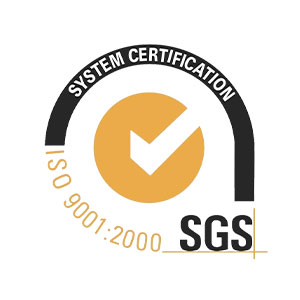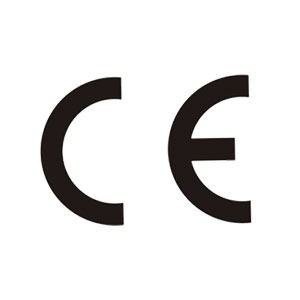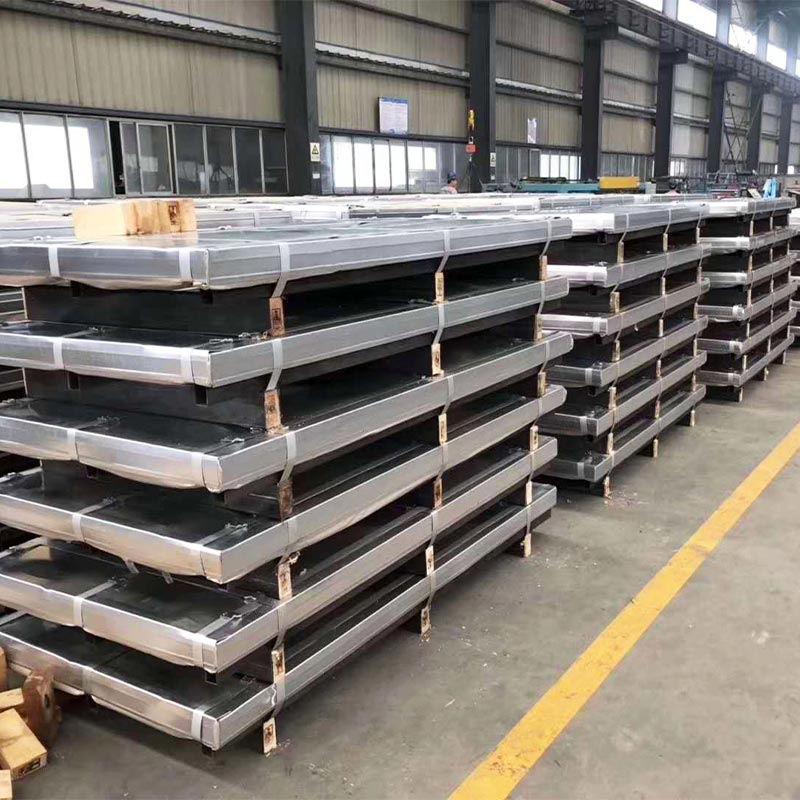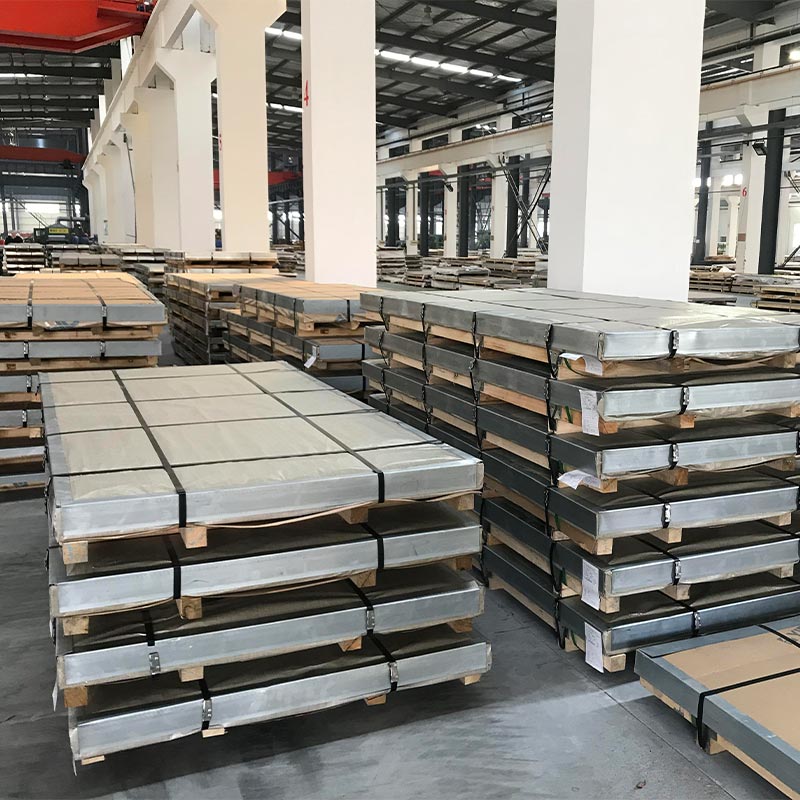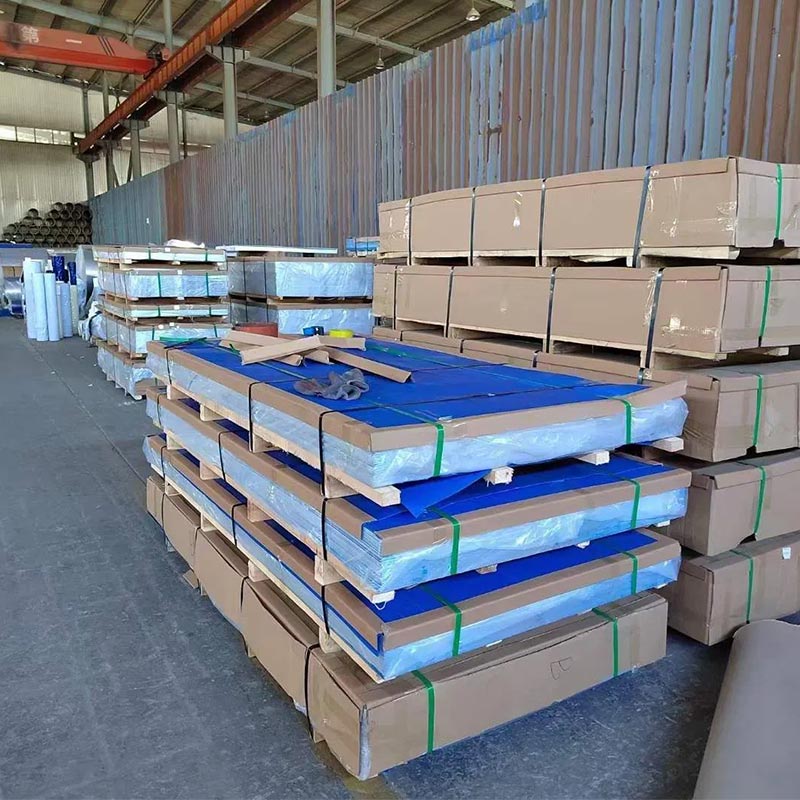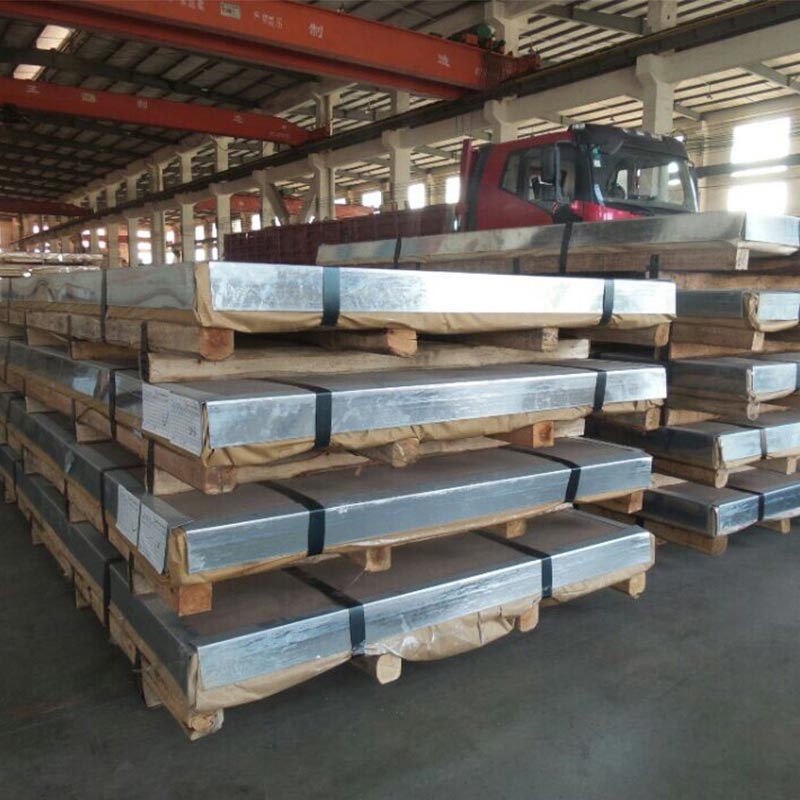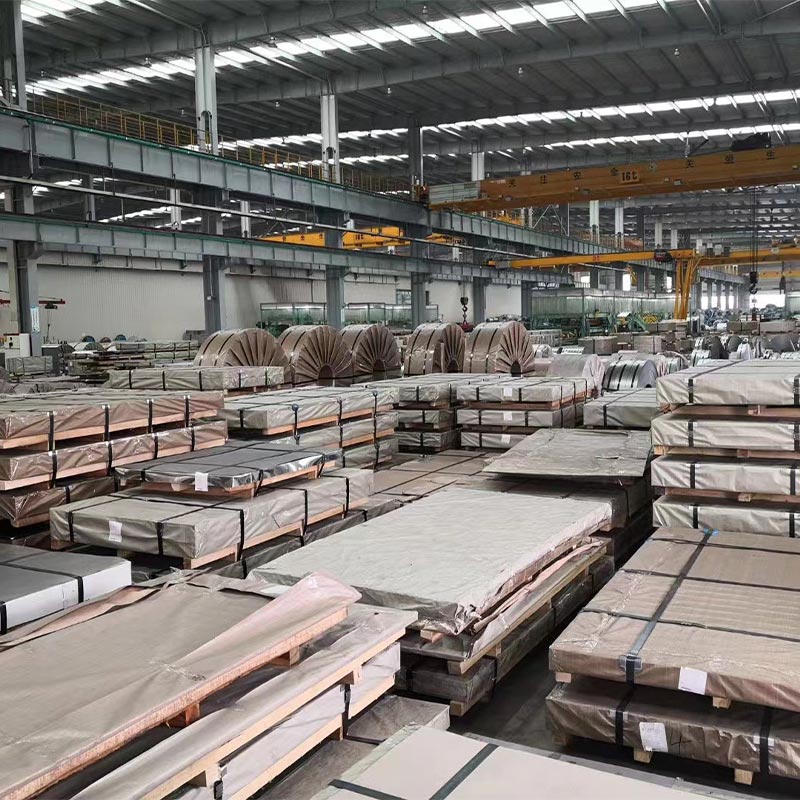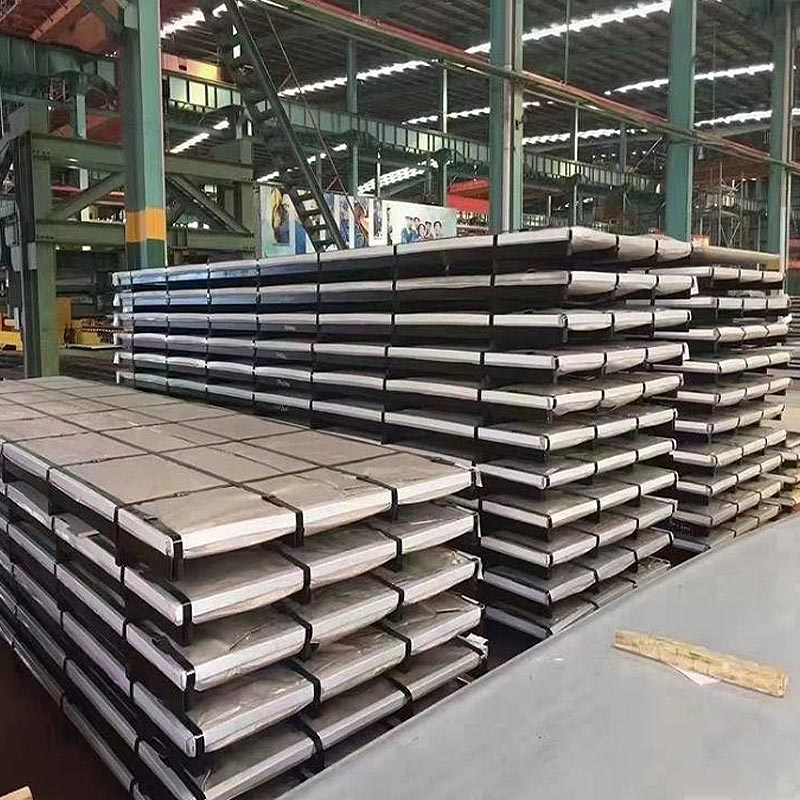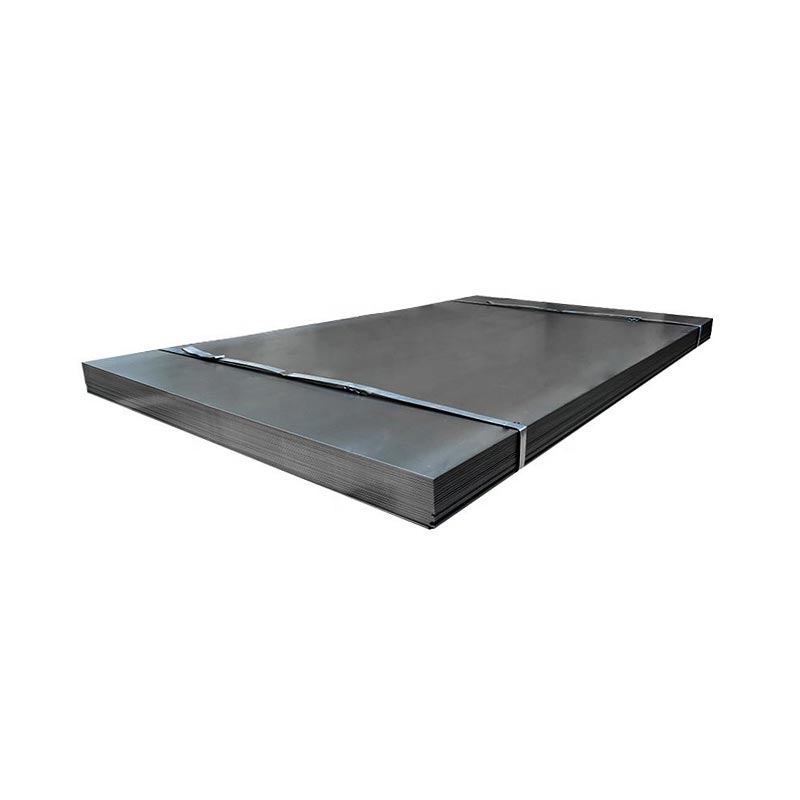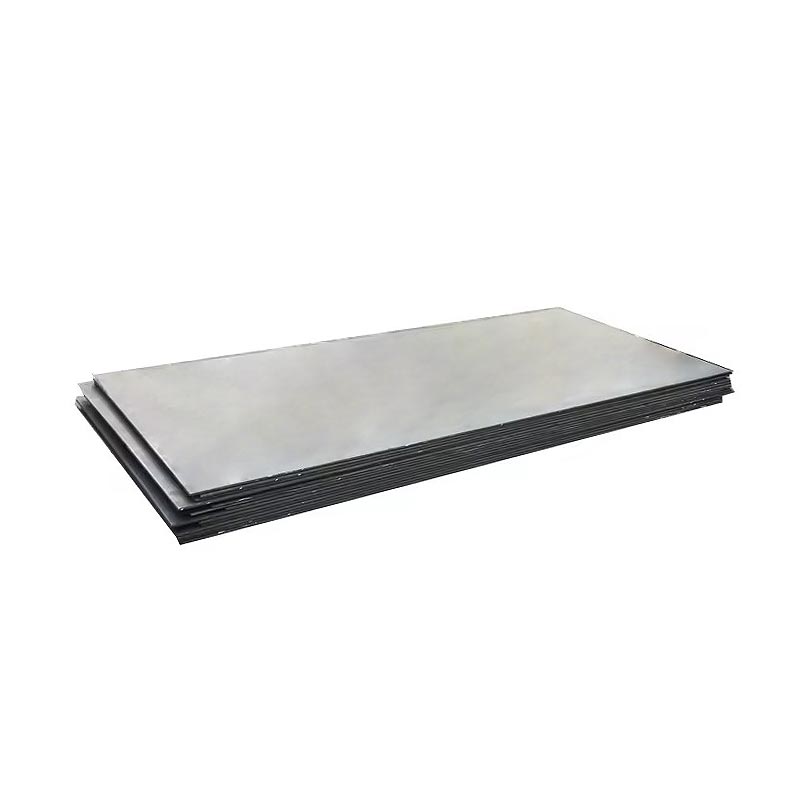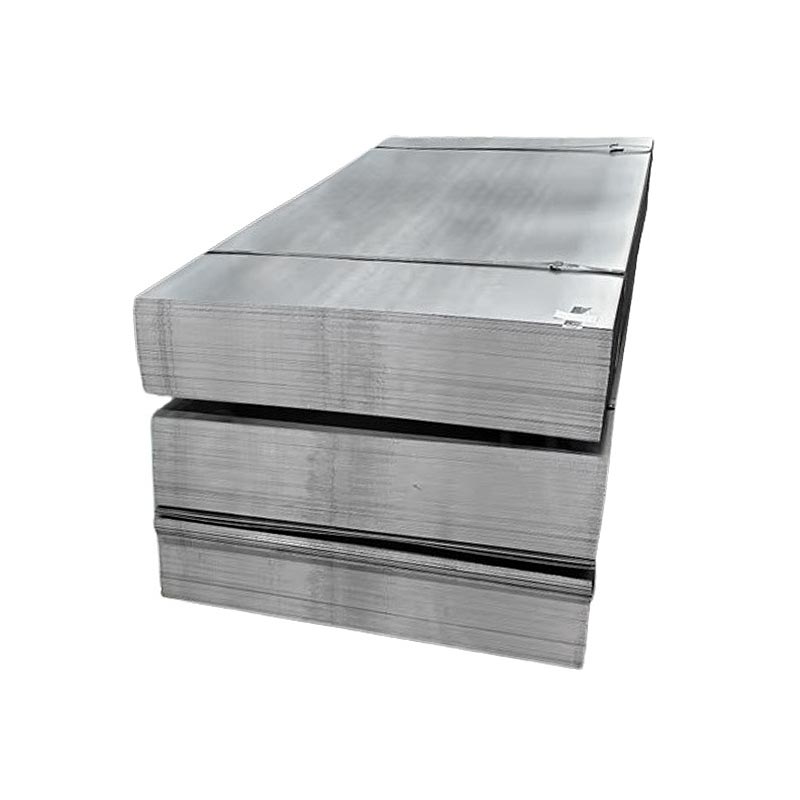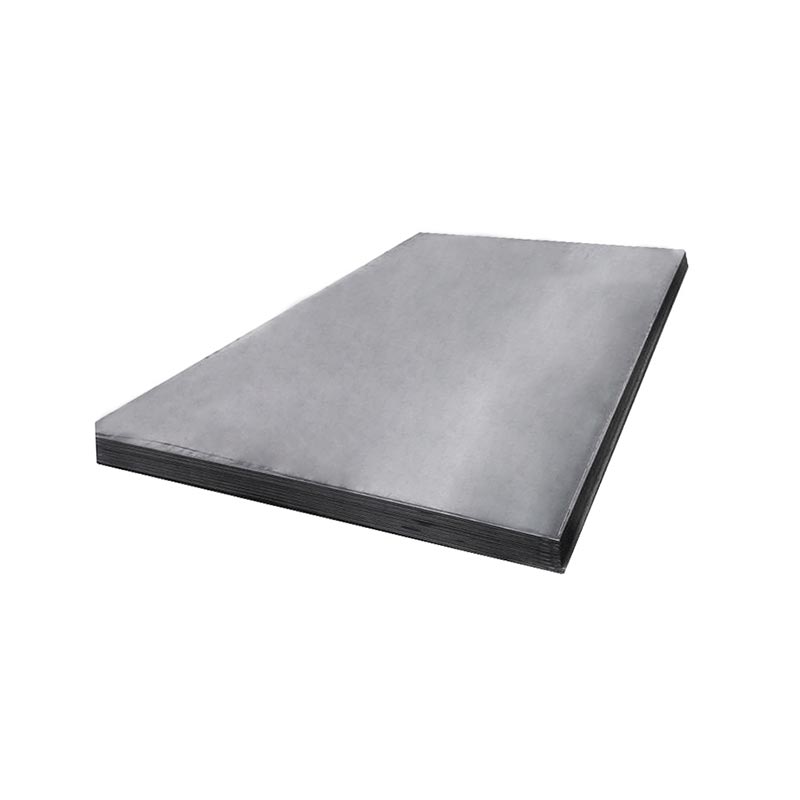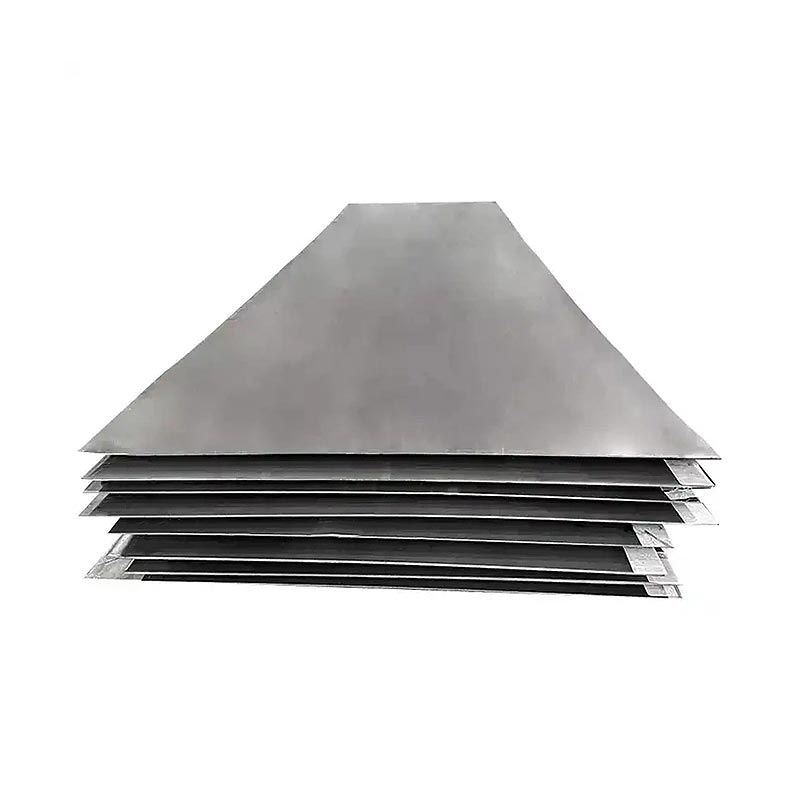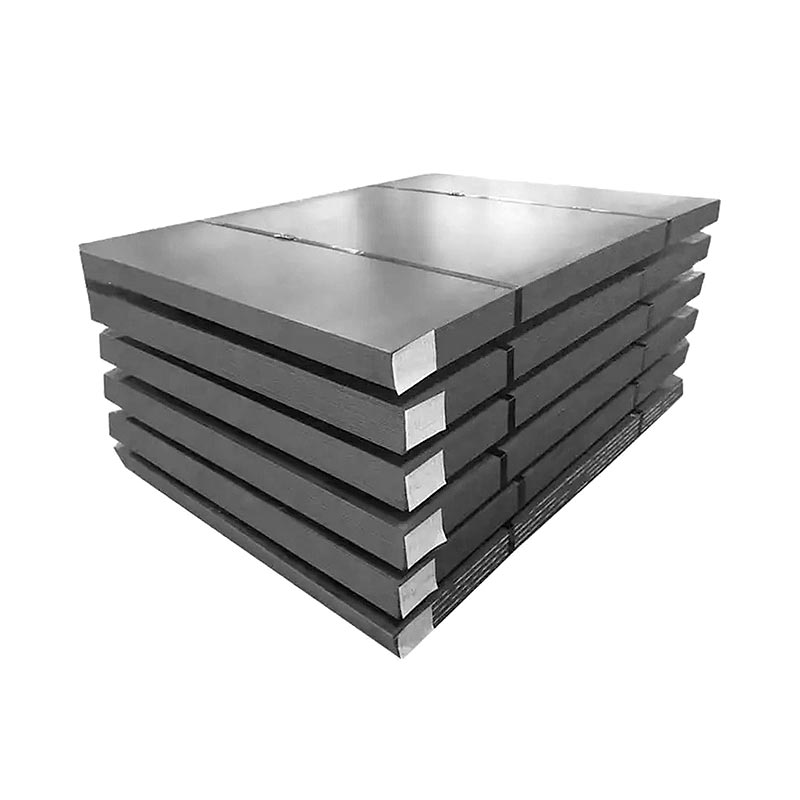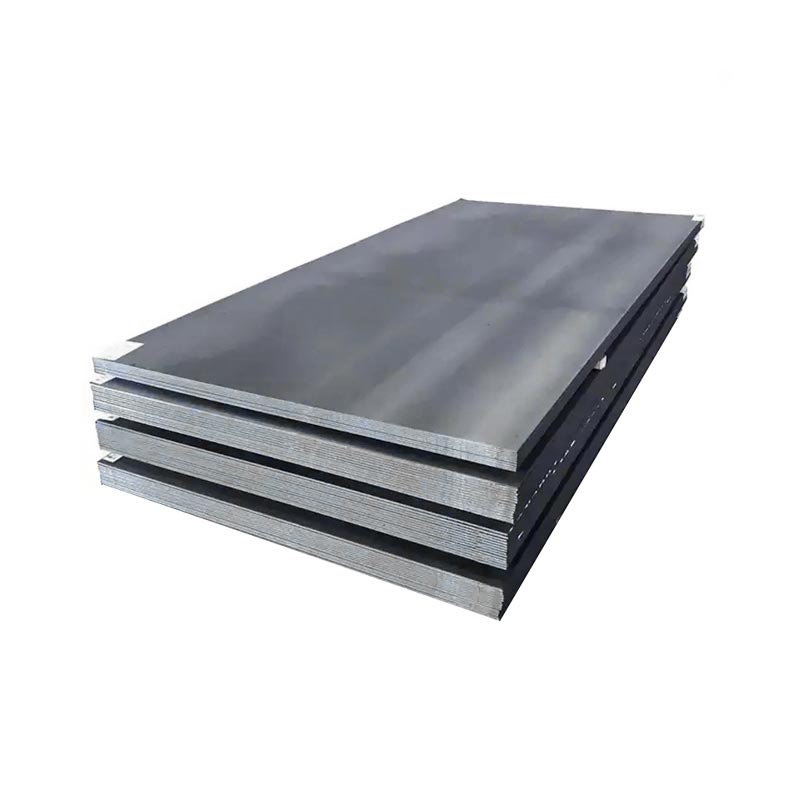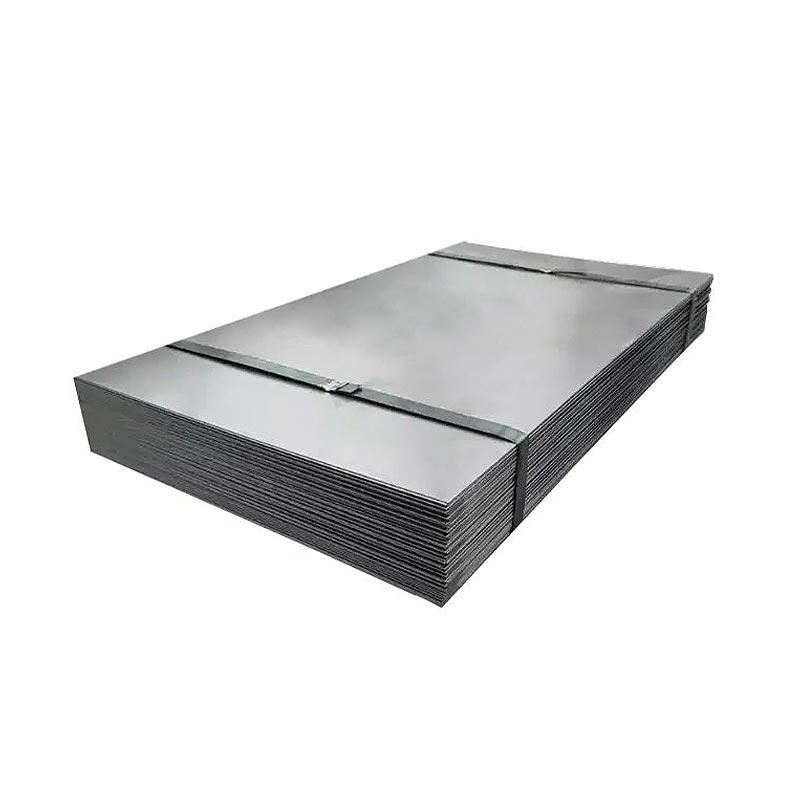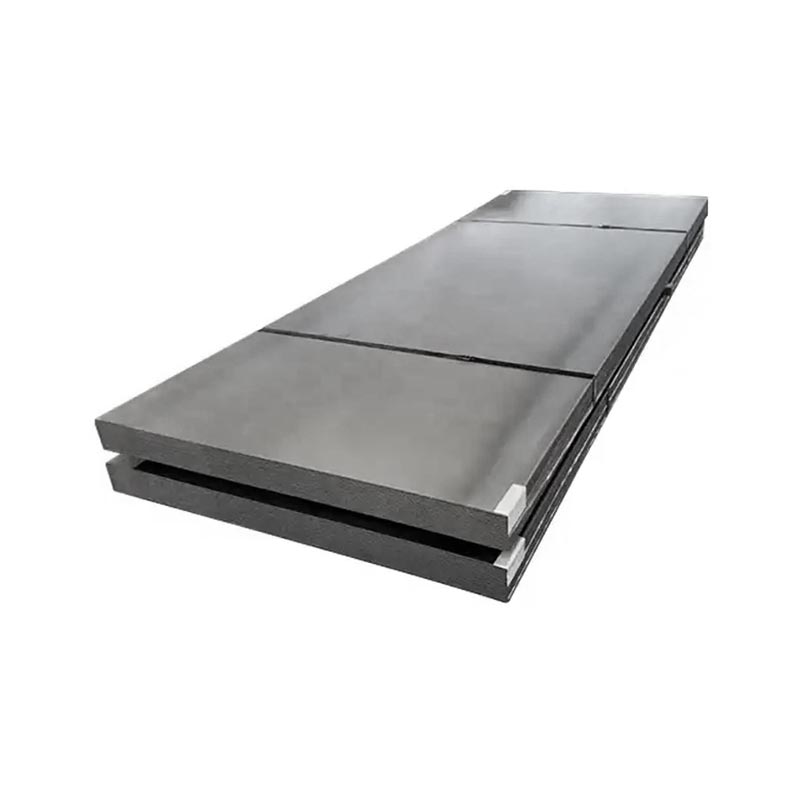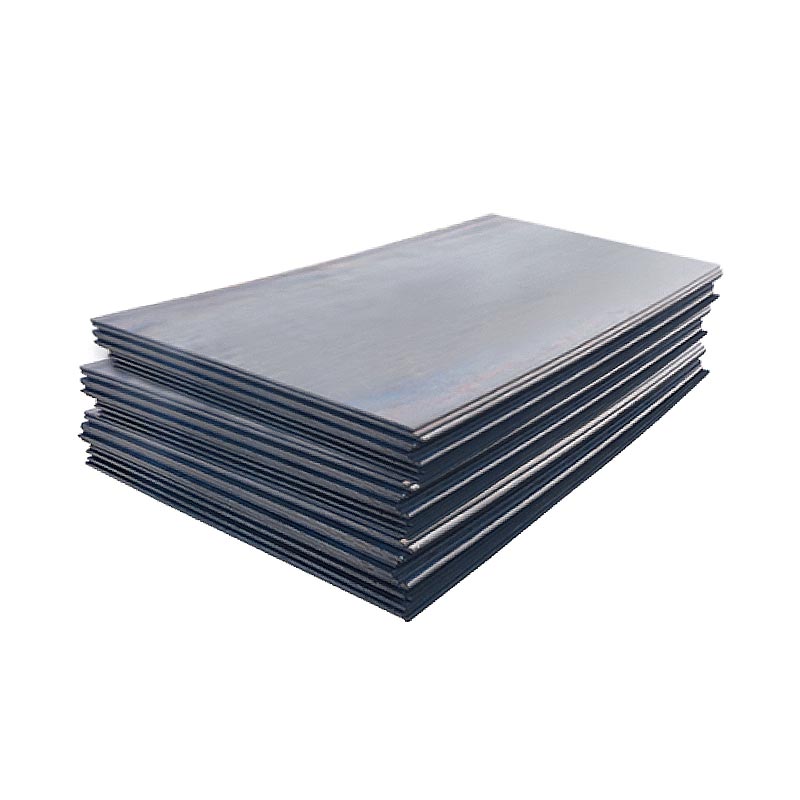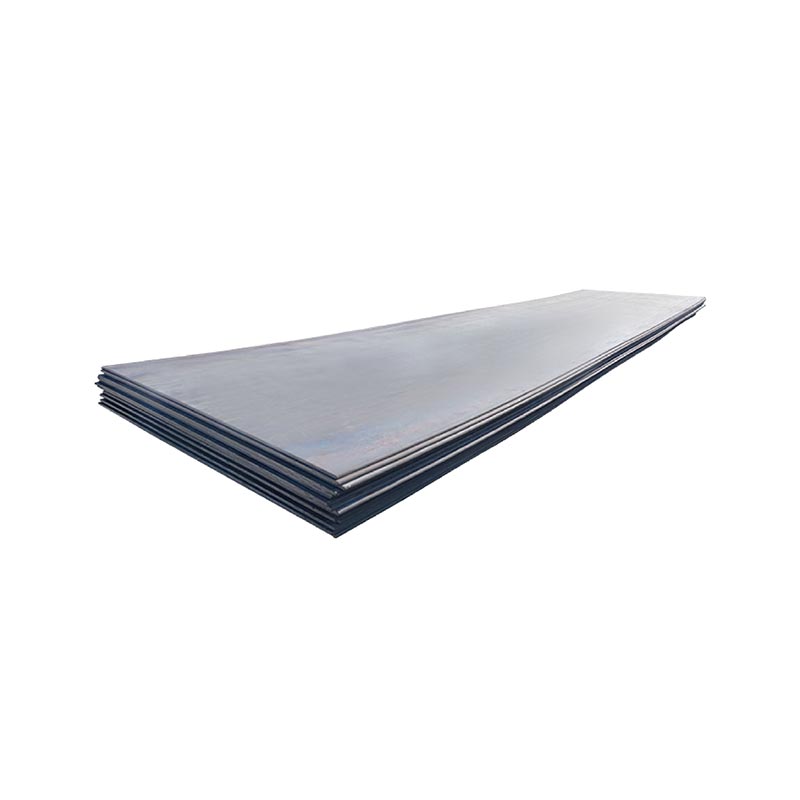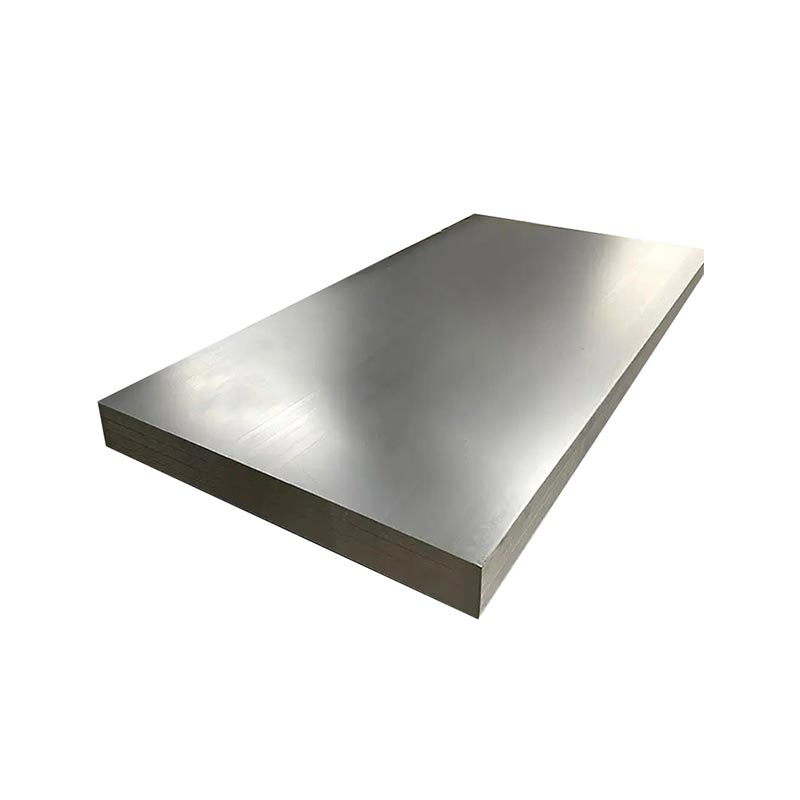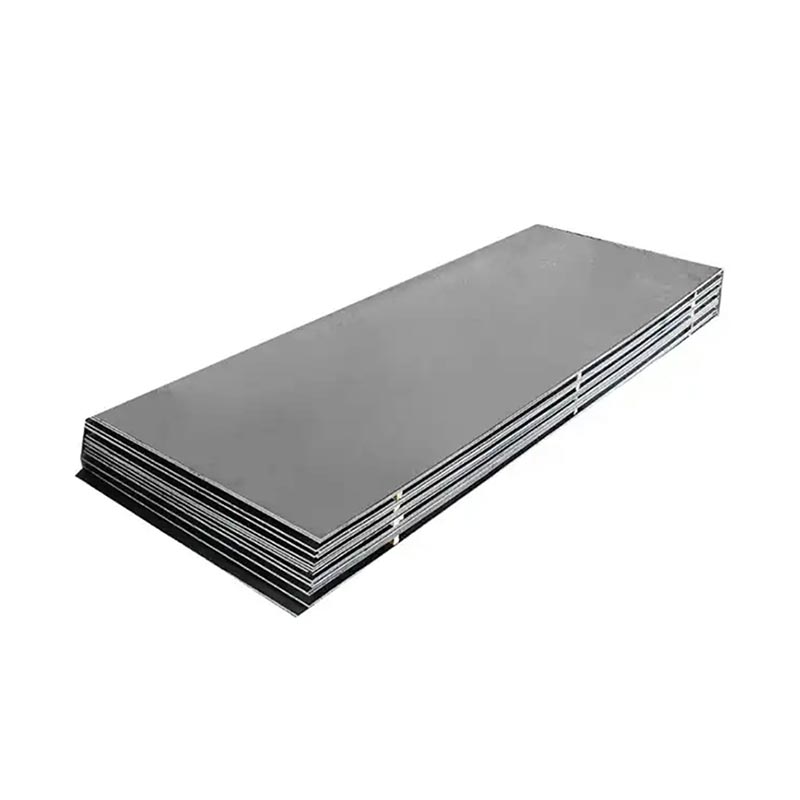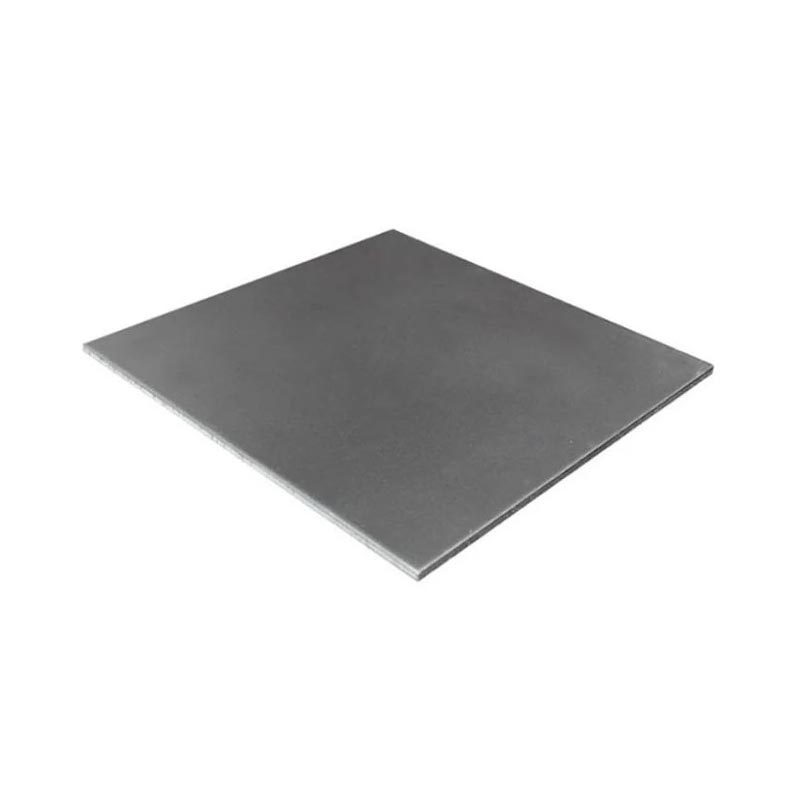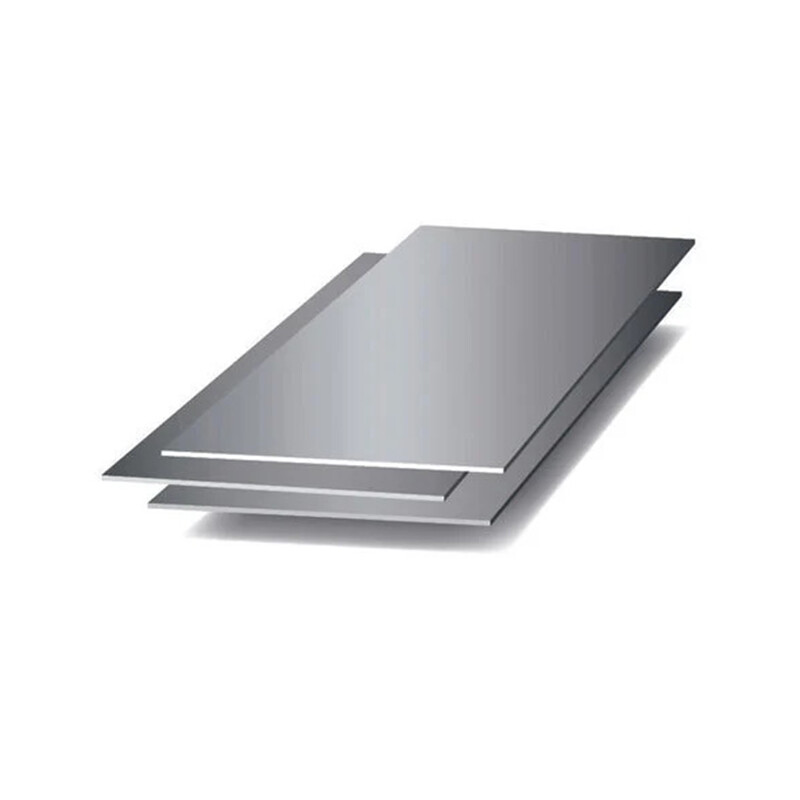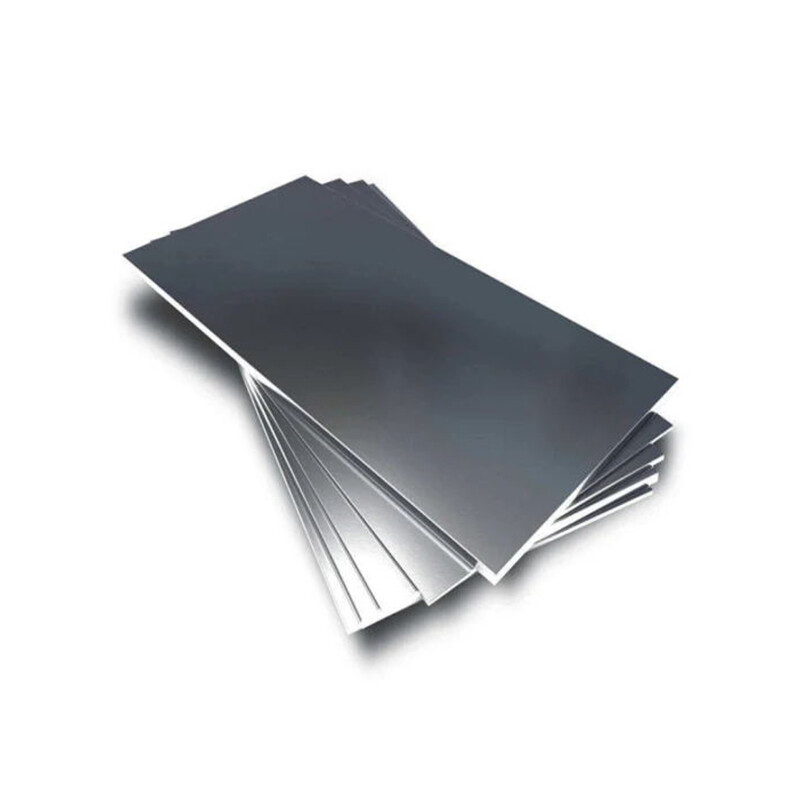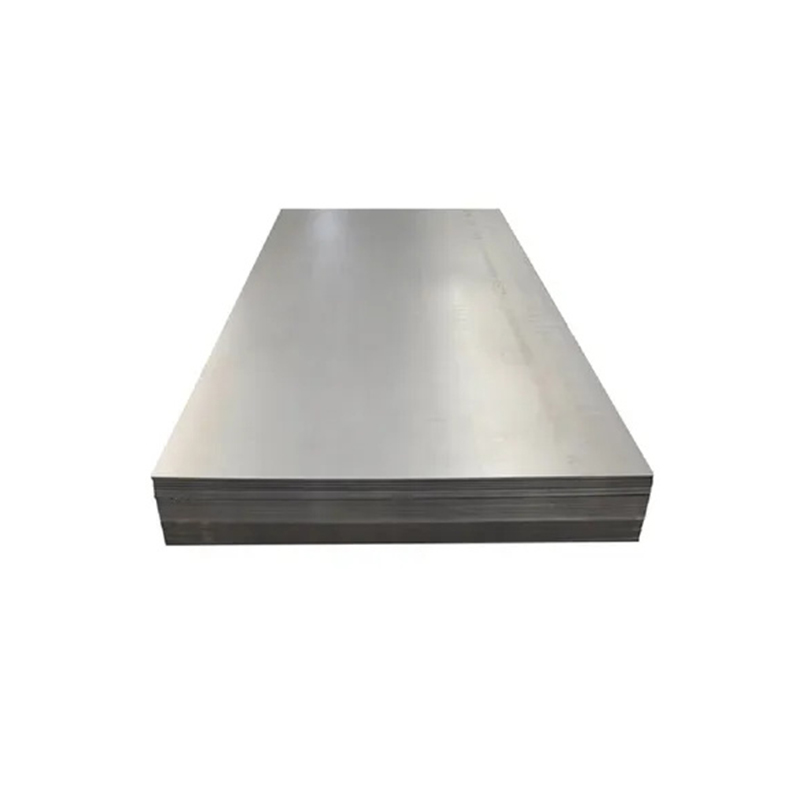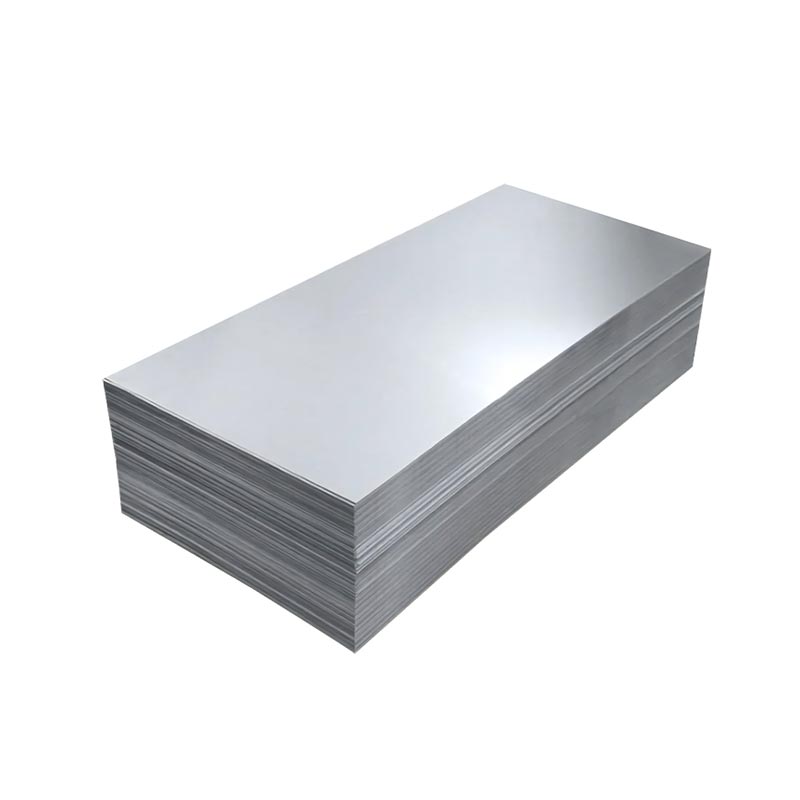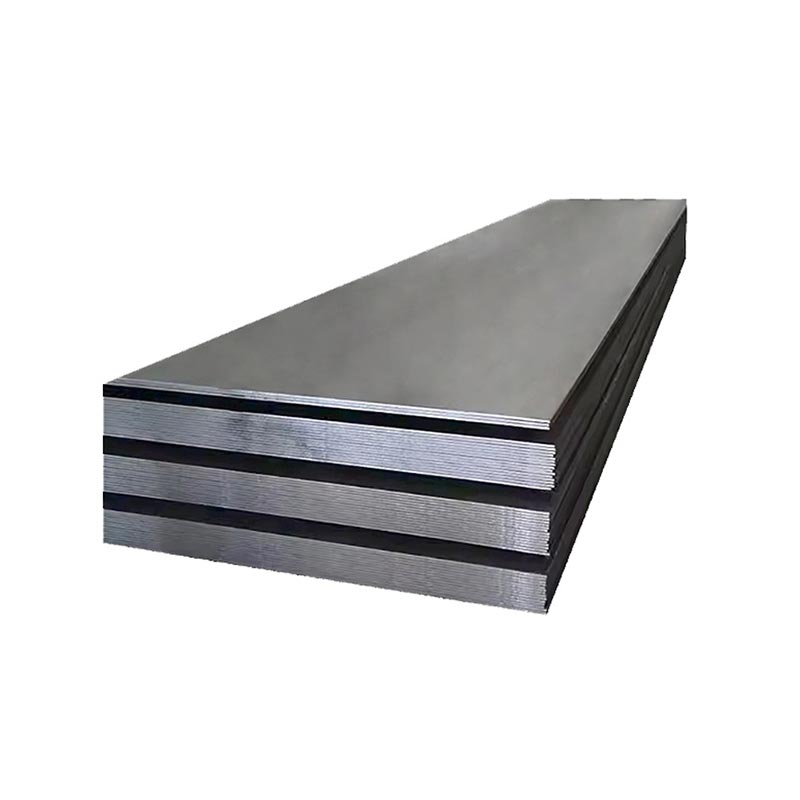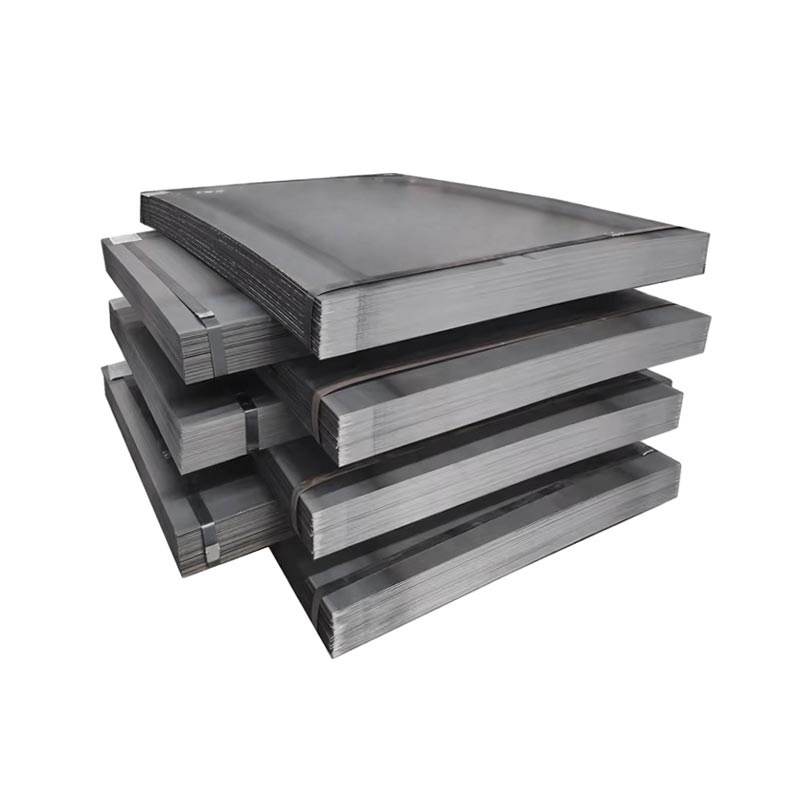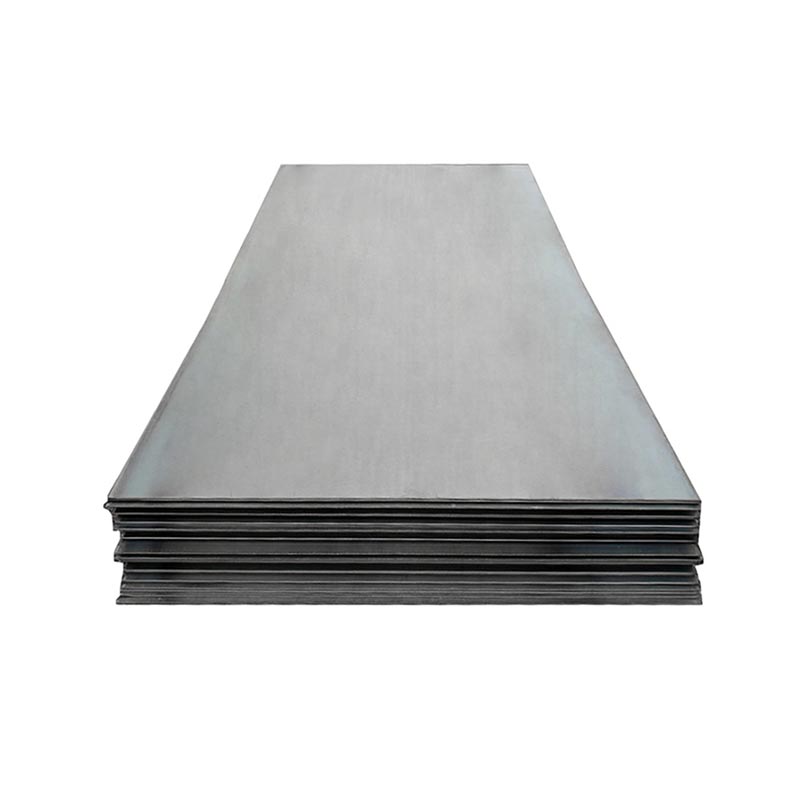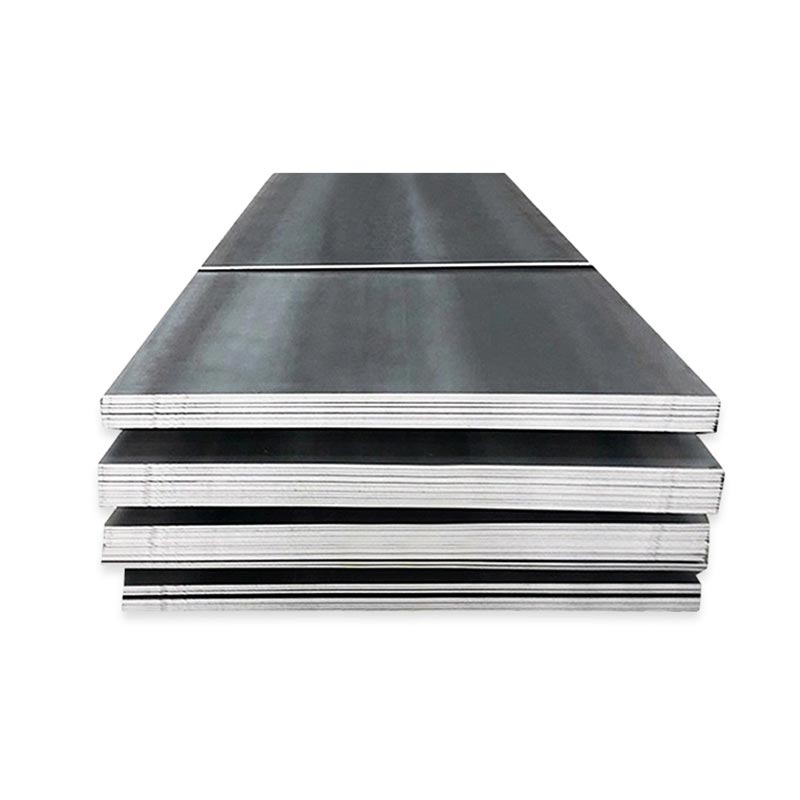Carbon Steel Plate
● A carbon steel plate is a flat sheet made from carbon steel, an alloy primarily composed of iron and carbon, with minimal other elements. It’s categorized by carbon content: low (≤0.25%), medium (0.25–0.6%), and high (>0.6%).
● Low-carbon plates offer ductility and weldability, ideal for construction or automotive parts. Medium-carbon variants balance strength and toughness, used in machinery. High-carbon types are hard but brittle, suited for tools or springs.
● Common grades include A36, S235JR, and A572. These plates vary in thickness, width, and finish, serving industries like construction, manufacturing, and energy for structural, industrial, or fabrication needs.
View Video
1008/1018/1023/1045 Alloy Steel Plate
1008, 1018, 1023, 1045 are low-alloy carbon steel plates (AISI/SAE standards), graded by carbon content. 1008 (0.08% C) is ductile, for forming. 1018 (0.18% C) balances strength/ductility, used in machining. 1023 (0.23% C) offers higher strength for parts needing toughness. 1045 (0.45% C) is hardenable, ideal for shafts/gears. All have good weldability; strength increases with carbon content.
Get A Quick Quote!
You Can Leave Us A Message
or Send Us An Email!
Product Details
Product Parameters
Packaging and Transportation
Related Products
Leave Us Message
Please give us a message
What are you lookking for?


